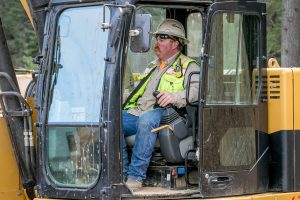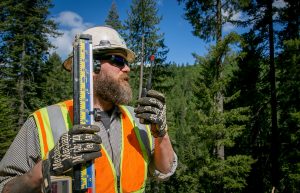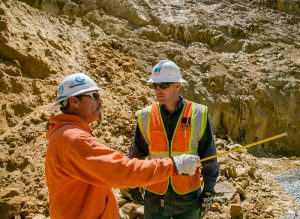 After a hefty landslide took out a section of PG&E’s South Yuba Canal earlier this year, the Nevada County Irrigation District (NID) promptly declared the situation to be an all-out emergency. According to NID, the collapse resulted in 12,900 residents, farms, ranches and businesses in Grass Valley and Nevada City left without water.
After a hefty landslide took out a section of PG&E’s South Yuba Canal earlier this year, the Nevada County Irrigation District (NID) promptly declared the situation to be an all-out emergency. According to NID, the collapse resulted in 12,900 residents, farms, ranches and businesses in Grass Valley and Nevada City left without water.
The South Yuba canal is a key part of PG&E’s hydroelectric operations, as well as one of NID’s main water conveyance facilities. The canal moves water from Spaulding 2 powerhouse to Deer Creek powerhouse, and is then used to deliver water to NID, which in turn provides it to water users throughout Nevada County, CA. With the onset of irrigation season, and water demand expected to increase during the warmer months, hydro crews from PG&E needed to work as quickly as possible to make the necessary repairs and bring the canal back into service.
More than a dozen Local 1245 members were immediately dispatched to the scene outside of Emigrant Gap, CA, right around the 8.5 mile mark of the canal, where the slide had destroyed a Lennon flume. Although the damage to the flume itself was relatively small, the job was massive and labor-intensive. Most of the access roads in the remote area had been destroyed by the slide, and needed to be rebuilt to allow crews and equipment in to the job site. An estimated 22,500 cubic yards of dirt needed to be excavated before repairs of the flume could even begin.
“It looks like a big old dust bowl,” remarked Apprentice Water System Repairperson Kirk McDonald. “If you didn’t know any better, you’d think it was a mine.”
When the Utility Reporter first visited the site in April, PG&E Backhoe Operator Jeremy Berg explained the specifics of the repair process.
“We’re cutting our slope back – it’s engineered at a 1 ¼:1 – down to a bench closer to the canal, then we’re taking it to a ¾:1 slope, and digging out a 25-foot section next to the canal,” said Berg. “Then we’re going to replace the steel flume and put a wood box flume in, so we can get water to NID for irrigation.”
The crews worked 12 to 14 hours a day, seven days week, as weather allowed – in order to get the work completed as fast as possible. The unstable terrain, extreme weather and access issues made for a challenging job, but the crews stayed diligent, and used every resource to get the job done right.
“Today I am in contact with the helicopter pilot for sling loads and rock being poured. We’re flying in third-yard buckets of gravel to lay our base down, and then we’re flying in all our lumber that’s needed for the box flume, all the tin, all the tools, all the fuel for the equipment, everything,” McDonald told the Utility Reporter during a subsequent visit to the site in late May. “I run the laser set and grade, I’m also pounding in mud seals, setting stringers, just helping out when I can in between flights.”
“We have to work together as a team to get materials down here on the job. While these guys over there are doing all the dirt work, we’re here to install the new section of the box flume,” said GC Construction Foreman Ernie Flud. “We’re replacing the mud seals on the bottom, the stringers, the cross seals, and then we plumb it all up, and shift it around to where it makes a nice little turn in the mountain. We’ll put down some cedar floors, pine bottom and sides, and then we’ll put aluminum around it, and seal it, then the water should be able to flow through there.”
And sure enough, as soon as the job was complete, the South Yuba Canal was back in action, and water service was restored.
In a press release issued by NID on the day that water service resumed through the canal, the Irrigation District expressed its appreciation to the PG&E crews, “for allocating the necessary resources and putting in extraordinary hours to repair the canal within the targeted time frame, amidst increment, and at times, extreme weather conditions.”
–Rebecca Band, IBEW 1245 Communications Director
Kyle Whitman contributed to this report.
Photos by John Storey
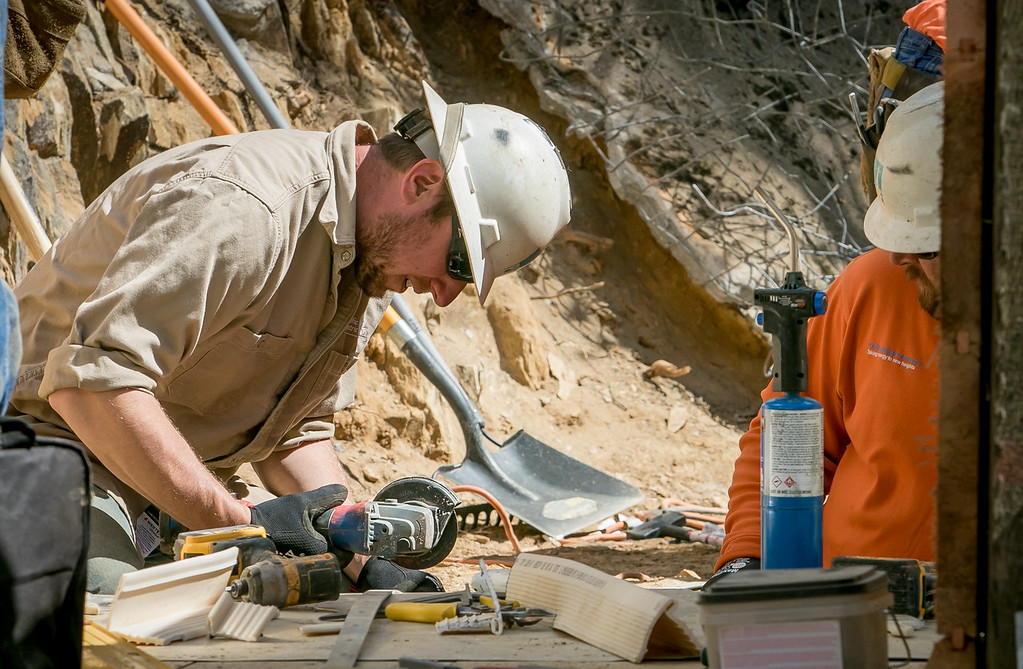
Tanner Montgomery
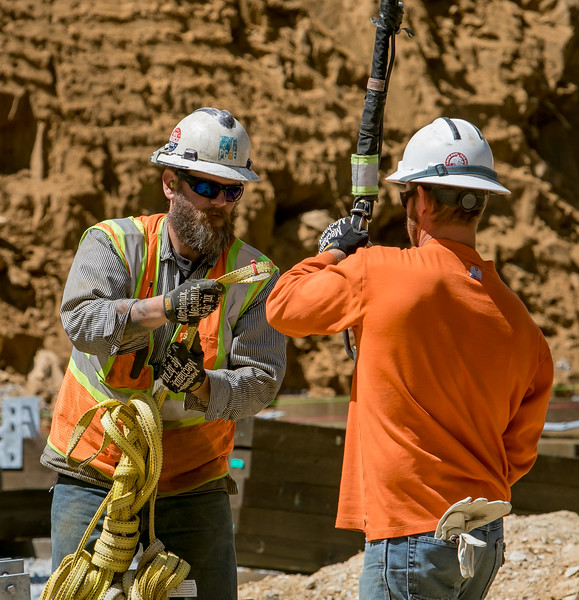
Kirk McDonald and Michael Lee unload materials from the helicopter

Pat Hayden


Timmy Fagnani and Ernie Flud

Ernie Flud and Dennis McBee

Helicopters were used to transport materials to the remote area

Aris Karnagas and Michael Lee

Helicopters were used to transport materials to the remote area

Kirk McDonald and Aris Karnagas

GC Hydro crews from the northern area teamed up to fix the canal

Chris Rawlins works on an excavator
